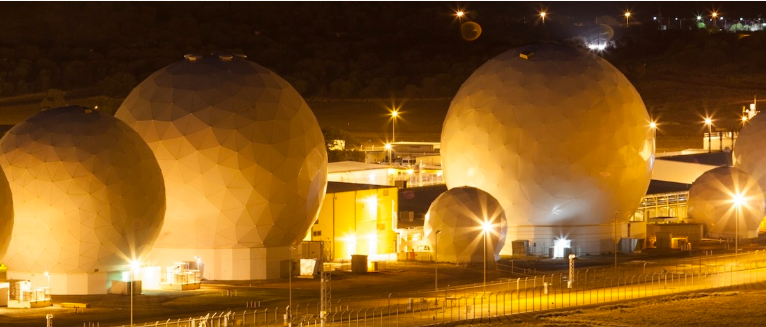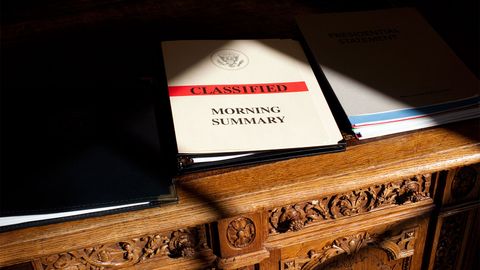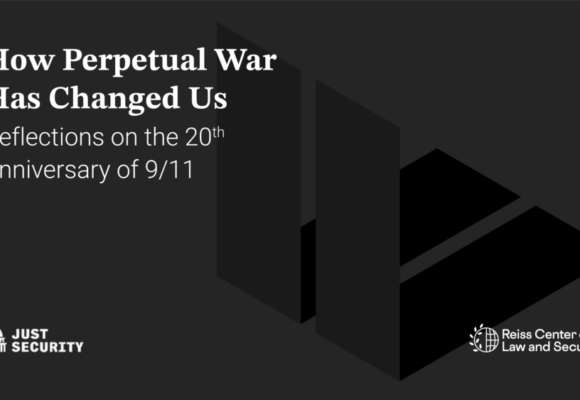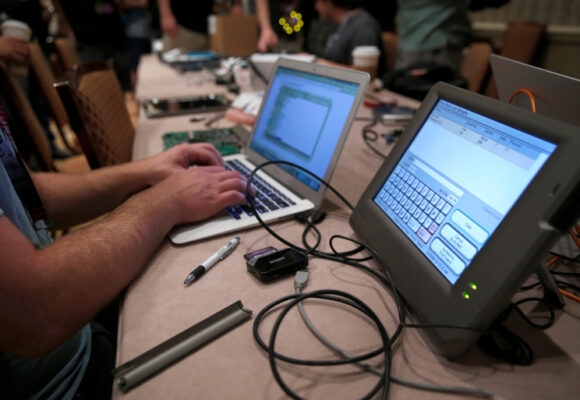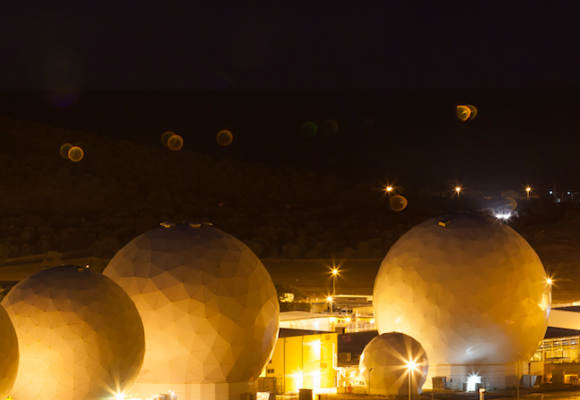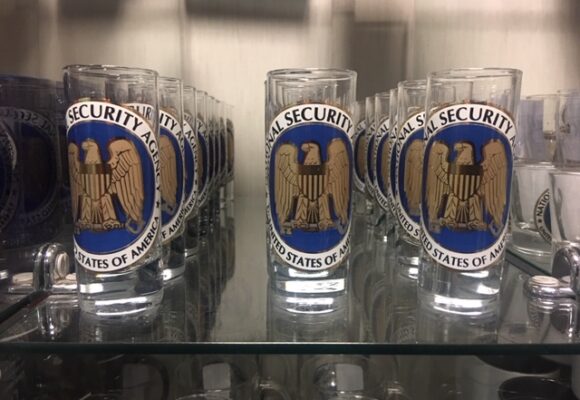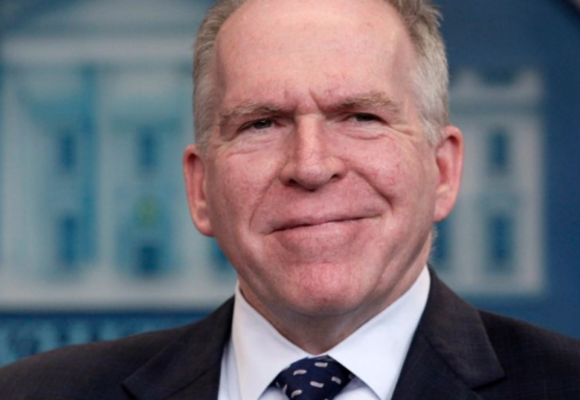HAPPENING NOW:
Inside the Discord Leak: U.S. Air Force Loves War Gamers Like Teixeira
British Intelligence Privately Says Israel Has Nuclear Weapons But Won’t Admit it Publicly
Mexican President Accuses Pentagon of Spying, Vows to Restrict Military Information
Daniel Ellsberg Week Honors Pentagon Whistleblower
How Twitter Became a Propaganda Tool of U.S. Central Command
Interview With the Father of a Palestinian Fighter Assassinated by Israeli Special Forces
Chinese Police Station in New York Is Part of a Vast Influence Operation
Catch-22 at Guantanamo, or How Due Process Got Undone
Wagner Group Leader Calls for End to Russia’s ‘Special Military Operation’
Once Ridiculed, the ‘October Surprise’ Deal Between Reagan and Iran Is Now Confirmed
Two Senators Allege ‘Secret’ CIA spying on Unwitting Americans
UK Spy Agency Says AI Chatbots Pose a Security Threat
How Aerial Surveillance Has Evolved Over the Past 200 Years
Wagner Mercenary Chief Says He Ran Russian Information War
Iranians Outraged After Shah-Era Secret-Police Official Attends U.S. Rally
Israeli-led Disinformation Team Meddled in Dozens of Elections
Director of National Intelligence Barred From Reporting on Domestic Extremists in U.S. Armed Forces
Iranian Intelligence Official Says China in Line to Buy Tehran’s Drones
Former Mossad Chief Urges Compromise on Judicial Shakeup
National Security Agency, NSA (United States)
Available Languages:
‘No Such Agency’
Once upon a time Washingtonians said NSA stood for “No Such Agency.” Now NSA is well-known yet still widely regarded as the most secretive of all U.S intelligence agencies. It is responsible for collecting signals intelligence such as email, texts, telephone calls and radio and TV communications. NSA’s annual budget as of 2014 was $10.8 billion.
The U.S. government’s efforts to collect, decipher, and interpret electrical communications began in 1917, with the creation of the Cipher Bureau which supported the U.S. war on Germany. During World War II, the Signal Intelligence Service (SIS) was created to intercept and decipher the communications of the Axis powers. With the onset of the Cold War with the Soviet Union and the war in Korea, the government’s signal intelligence operations were consolidated in the newly-created National Security Agency in 1952.
Based in Arlington Hall, formerly a girls’ school in northern Virginia, NSA took on a broad mission: to capture Signals Intelligence (SIGINT), which encompassed both communications (COMINT) and electronic intelligence (ELINT) and communication security within the U.S. military (COMSEC). With the covert help of Western Union, the private telegraph company, the NSA spied freely on both foreigners and Americans.
The Five Eyes
The growth of the NSA’s surveillance capabilities was powered by the creation of the Five Eyes, NSA’s secret alliance with four counterpart agencies in the English speaking world. In England, the General Communications Headquarters (GCHQ) had a robust global communications system that knit together Britain’s colonial empire. Canada’sCommunications Security Establishment (CSE) added the ability to monitor all of North America, while the Australian Signals Directorate (ASD) and New Zealand’sGovernment Communications Security Bureau (GCSB) provided coverage of the Asia/Pacific region. The Five Eyes alliance enabled the NSA to establish listening stations around the world.
In the 1950s, NSA moved to Fort Meade, a U.S. Army base 30 miles north of Washington DC where it continued to grow. Exploiting the use of satellites to intercept communications, the NSA developed the Echelon program in the late 1960s, to monitor the military and diplomatic communications of the Soviet Union and its Eastern Bloc allies. Notable success included early warning of the Egypt-Israeli war of 1973 and capturing the Soviet discussions of the upcoming arms control talks with the United States. Echelon grew into a global surveillance eavesdropping system.
In the 1960s, the NSA supported the U.S. war effort in Vietnam, while collecting intelligence on the anti-war movement at home, a violation of its charter.
Rule of Law
The NSA first came under public scrutiny in the 1975 when the Senate Intelligence Committee investigated its domestic spying operations. Revelations showed that NSA (with the help of GCHQ ) had intercepted phone calls of anti-war leaders under a program called MINARET. The disclosure prompted Congress to establish controls on NSA’s surveillance powers for the first time. The Foreign Intelligence Surveillance Act (FISA) required NSA and other government to get permission from a secret court to conduct surveillance on American citizens. The continuing Cold War ensured NSA’s growth. By the mid-1980s, NSA had more than 20,000 employees.
After the dissolution of the Soviet Union in 1991, the NSA’s original reason for being vanished. Congress cut the agency’s budget and infrastructure suffered. In 2000, NSA suffered a total network outage for three days.
The terror attacks on September 11, 2001, revived the agency’s fortunes. The USA Patriot Act vastly expanded NSA’s collection activities. With the authorization of Section 215 of the law, the NSA began collecting phone and email communications of hundreds of millions of Americans.
A mass detection program called Total Information Awareness was cancelled after protests from civil libertarians and Congress while the President’s Surveillance Program to eavesdrop on suspected terrorists continued. The NSA also launched a host of secret programs to monitor the internet, including OAKSTAR, STORMBREW, and Trailblazer.
To bolster the global war on terrorism, the NSA entered into intelligence sharing agreements with signals intelligence services in Europe and Asia, an arrangement informally known as “The 14 Eyes.” NSA played the leading role in coordinating intelligence support for security arrangements at the 2004 Olympics in Athens and the 2006 Winter Olympics in Italy. With four satellites orbiting the earth and listening stations on every continent, the NSA’s reach had never been greater.
President Trump has repeatedly said, without evidence, that President Obama ordered NSA to spy on his campaign. A Justice Department investigation, however, did find that NSA surveillance of one Trump associate, Carter Page, was obtained by an error-ridden application to the FISA court.
Snowden’s Dissent
At a Senate hearing in March 2013, James Clapper, the Director of National Intelligence who had previously served as NSA director, denied that NSA conducted surveillance on millions or hundreds of millions of Americans, which was not true. Clapper later apologized, but his comment prompted Edward Snowden, a systems administrator at NSA, to collect a trove of documents that detailed the agency’s surveillance operations at home and abroad. Snowden then fled to Hong Kong where he shared the documents with journalists, who laid bare the NSA’s workings in unprecedented details.
Snowden’s leak was the worst breach in the history of the NSA and it triggered debate in the United States and around the world about NSA activities. While NSA accused Snowden of treason, Snowden and his defenders said the American people needed to know the extent of surveillance. Among the operations that Snowden exposed, PRISM, a program to capture information from telecommunications companies; Dropmire and Stateroom, to eavesdrop on foreign leaders and diplomats, and Bullrun, to decipher encrypted communications.
In September 2020, the ninth circuit court of appeals ruled that NSA’s program for “bulk collection” of call records (known as Section 215 for its place in the law books) was illegal, crediting Snowden with provoking “significant public debate over the appropriate scope of government surveillance.”
Cyberwar
With the explosion of the internet and social media in the 21st century, NSA became the frontline agency waging and defending against cyberwar. In 2009, the NSA created United States Cyber Command or CYBERCOM “conduct full spectrum military cyberspace operations in order to enable actions in all domains, ensure US/Allied freedom of action in cyberspace and deny the same to our adversaries.”
In January 2017, NSA joined CIA and FBI in finding that Russian state actors, including hackers, sought to influence the 2016 presidential election in favor of candidate Donald Trump. When the Defense Department and major U.S. corporations suffered massive “denial of service” attacks in 2011, the NSA suspected hackers affiliated with China’s People Liberation Army.
The director of the NSA is Gen. Paul Nakasone, appointed by President Trump in May 2018.
Resources
- NSA Web site
- The NSA’s Budget Revealed (Washington Post)
- Edward Snowden (Biography.com)
- Comments/Corrections/Suggestions About NSA


